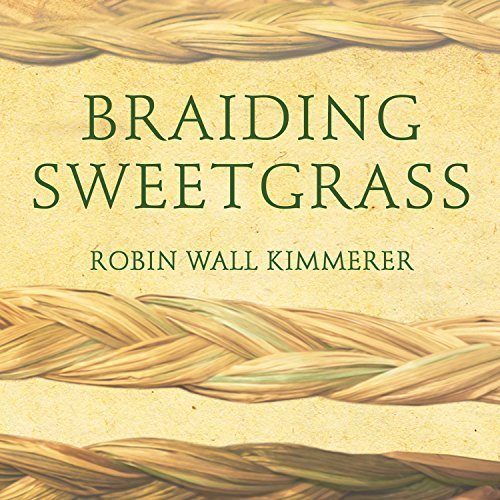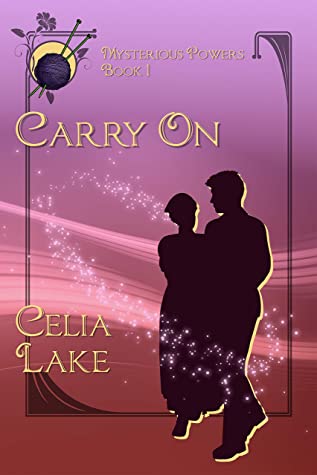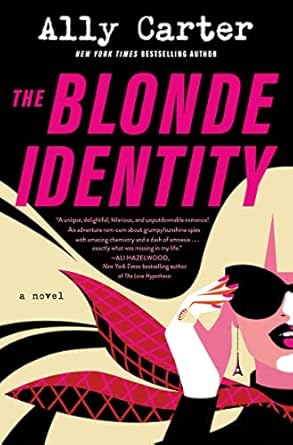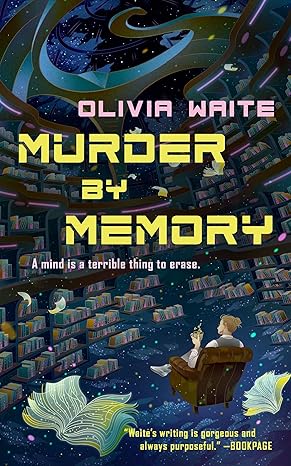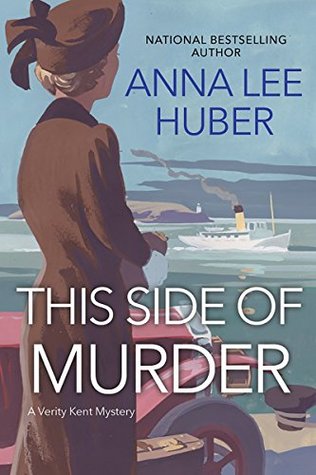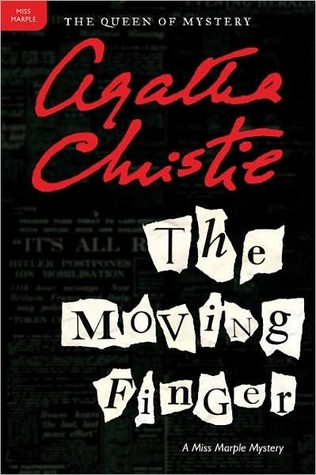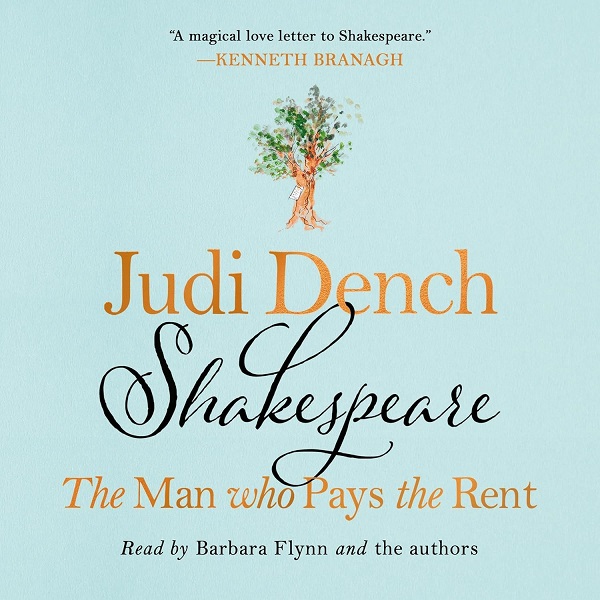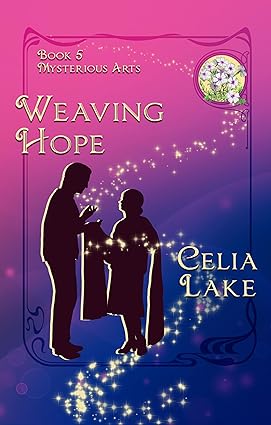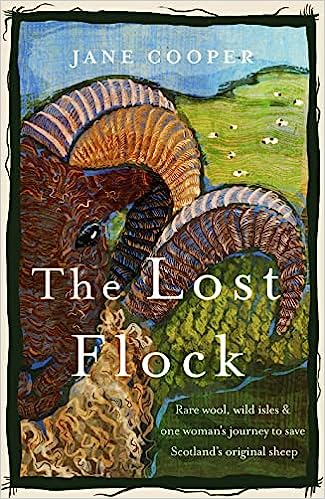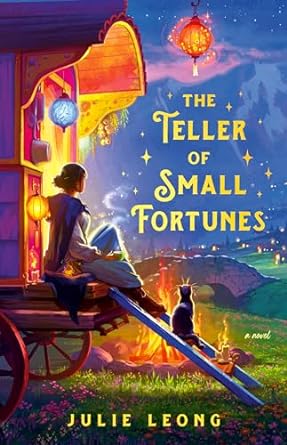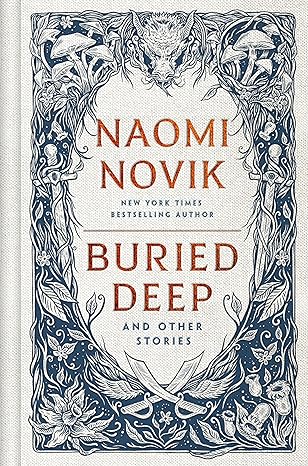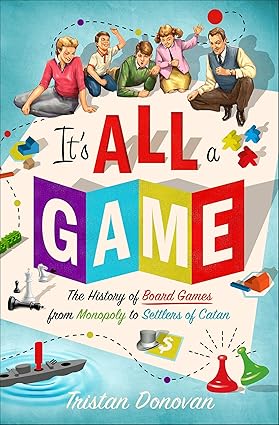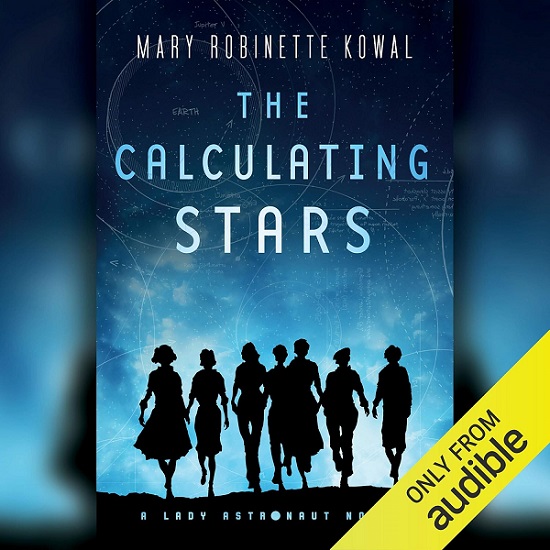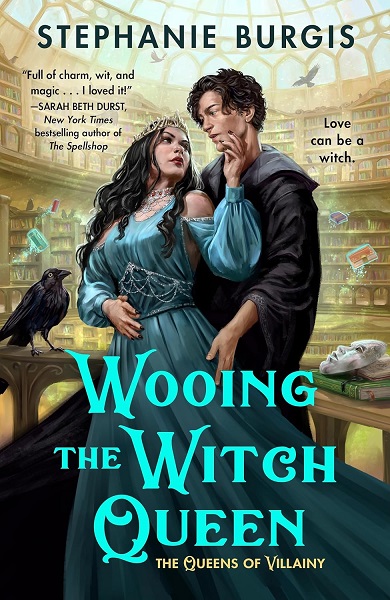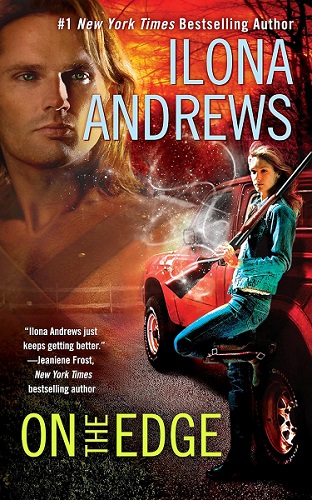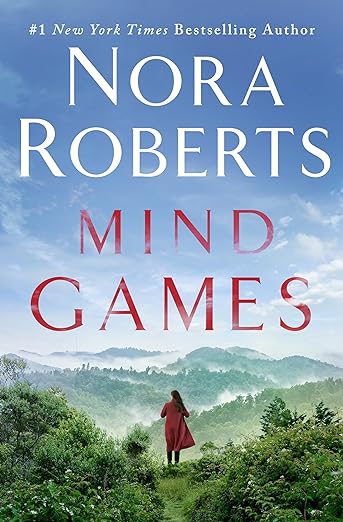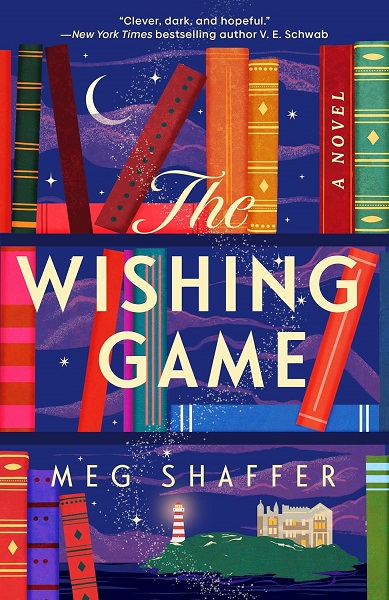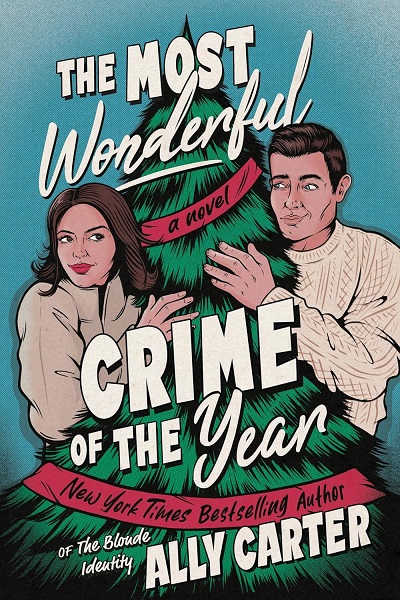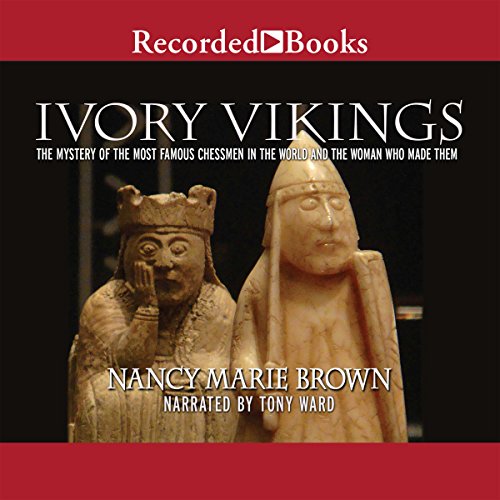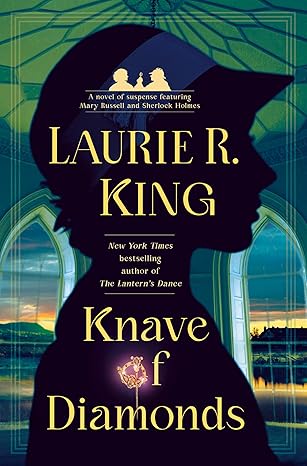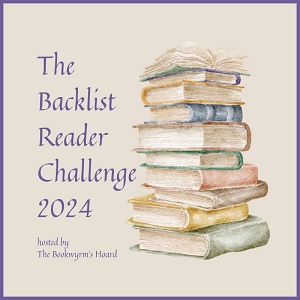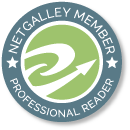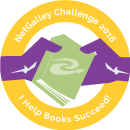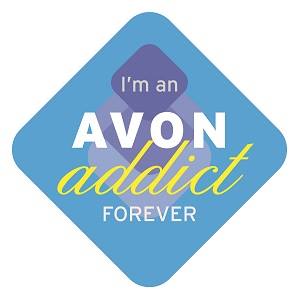CNN reports that, according to an Association of American Publishers study, February’s e-book sales topped sales for “all other formats” for the first time ever. This isn’t particularly surprising, given the number of e-reader devices and e-books currently available. Unfortunately, the figures are less than informative. The study depended not on retailers’ figures but on publishers’ reports, and not all publishers make their sales figures public. Since the study did not look at retailers’ sales, it also fails to take into account the increasing number of self-published e-books available for sale — some of which sell astonishingly well, due in part to their lower price point. (Many self-published books sell for between $0.99 and $3.99, a more attractive price to consumers than the same-as-paperback agency prices required by many paper-and-ink publishers.)
Furthermore, the study fails to break down e-book vs. traditional sales by title, genre, outlet, or even format, which means that it’s impossible to make useful comparisons. I’d really like to know whether some genres fare better in e-book format than others, how e-book sales compare to hardcover vs. paperback sales, and which published authors are now selling more e-books than they are “bound” copies. I’d also like to know how self-published e-books are selling vs. e-books from traditional publishers.
As far as I can tell, it’s not yet clear whether some genres outsell others in e-book formats. I could venture some guesses, but I have no data to back them up. Bound format/price is probably a factor in the genre question as well as in its own right; genres that rely predominantly on paperback sales (for instance, romance) may sell fewer e-books than genres whose sales also include hardcover distribution, for the reasons given below. Genres which appeal to hip or tech-savvy consumers (science fiction, thrillers) may also sell more e-books than genres whose readers tend to be late adopters of technology (again, romance. On the other hand, romance readers may appreciate the freedom to read a book without being judged based on its cover!)
I’d be prepared to wager that consumers are more than happy to choose an e-book over a more expensive hardcover, but I question whether that preference holds up when the price point is the same for either format, as with agency-priced* paperbacks. Personally, I’m reluctant to pay $7.99 for an e-book when I have no guarantee I’ll still be able to read it in 10 or 15 years (as e-formats presumably change), and when I have no right to resell, give, or loan the e-book but can do any or all of those with the bound copy. In other words, the publisher is asking me to pay the same price for a single-family license to read the book (essentially a multi-use rental) as they are asking me to pay to actually own a physical copy. Ridiculous. In fact, given the price of paperbacks these days, I tend to wait and buy them used, if possible. If I can’t wait, or want a pristine copy for my collection, I try Walmart first, because they tend to undercut everyone else. Traditional publishers, take note: I’d have to be crazy to “rent” your e-book at $7.99 when I can own a transferable copy for around $1.50 less than that.
It would also be interesting to see which authors now sell more e-books than bound copies, and whether those figures align with the genre sales figures or not. Are there authors whose readers really, really want the bound copy, even if (as for hardcovers), it’s more expensive than the e-book? And if so, what reasons do consumers give for preferring the bound copy: Longevity & durability? Collectibility? To complete a set? To get the book signed? (That brings up another question. What will happen to author book tours and signings as e-books overtake bound books?)
And finally, how do sales of self-published books stack up against those of traditional authors/publishers? There are some well-publicized stories out there, as well as a lot of misinformation. Certainly, there are self-published authors who are making extremely good money selling their books in e-book formats only. Joe Konrath and Amanda Hocking jump to mind. Konrath is one of the strongest advocates for self-publishing. He got his start writing thrillers and mysteries through the traditional-publishing route, and has since left traditional publishing to focus exclusively on self-publishing his work, mainly as e-books but also (for fans) in bound formats. He writes an informative and provocative blog on self-publishing e-books, which often features guest posts by other self-published authors. Amanda Hocking jumped into self-publishing about a year ago, putting 17 paranormal-romance novels (written over several years) up on sites like Amazon’s Kindle store. As of this month, she has earned more than $2 million dollars, and has recently signed a multi-million-dollar deal with St. Martin’s Press.
Detractors claim with some truth that self-published e-books are not as well-written, well-edited, or well-formatted as works from traditional publishers. Certainly there are a lot of books being self-published which sorely need the attention of a good editor, and some for which the writing is irredeemably bad. Those will assuredly not find the kind of success enjoyed by Konrath, Hocking, and scores of “mid-list” self-published authors (who do have editors, professional or otherwise, look over their books before they publish.) As for formatting and typos, I’ve purchased both bound books and e-books with errors in these, so the fault is not unique to self-published works. Some traditional publishers haven’t yet figured out that a book should be copy-edited again after it has been converted to e-book format. Sometimes bound books have signatures missing or misplaced, or whole sentences or paragraphs repeated — let alone an occasional typo or the use of the wrong character’s name. I suspect that as e-books and self-publishing proliferate, we will see a whole new field of self-publishing support spring up: freelance editors, formatters, cover designers, publicists, etc., all doing the work that a traditional publisher did before, but at a fraction of the cost to the author. (According to Konrath, the Kindle self-publishing program offers 70% royalties on e-books priced at $2.99 or higher. Traditional publishers rarely offer more than an effective 15% on e-books.)
The CNN report does make one thing clear: e-books are here to stay, and they’re fast overtaking sales of bound books. It appears that traditional publishers have very little time to adjust to the new realities facing them. When the invention of printing revolutionized publishing, it put the scriptoria of monks and clerks out of business. Rather than trying to hold back the tide with agency pricing and draconian DRM policies, traditional publishers need to figure out how to survive and thrive in a publishing world which is changing just as dramatically and even more rapidly.
*Agency pricing essentially means that the publisher sets the price, and the retailer is not free to discount that price without the publisher’s express permission. Most major US publishers now subscribe to the agency model for e-books, which explains why Amazon, Barnes & Noble, Sony, et al. all charge the same amount for the same title, and why coupons or specials offered by the retailer can’t be used for books by agency-model publishers.







